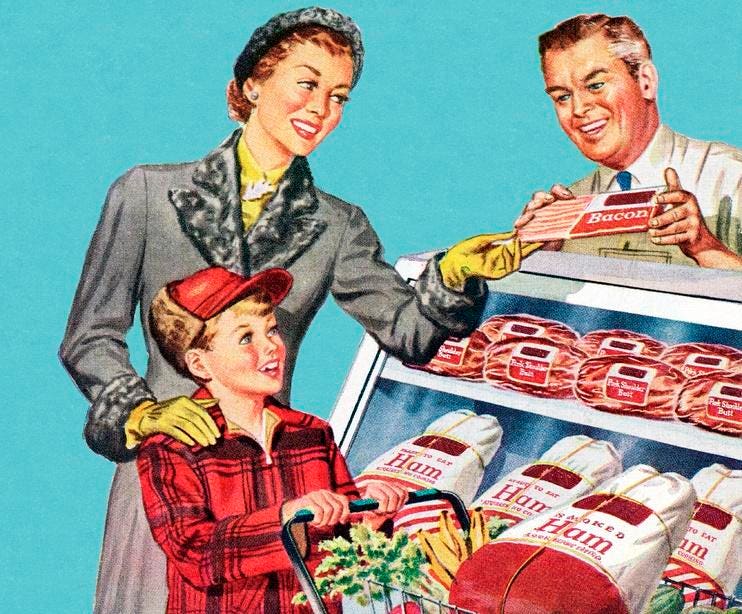In May’s installment of The Spending Breakdown, we took a look over April’s retail results. Numbers revealed consumers were spending cautiously and allocated money toward categories like motor vehicles, building supplies, and general merchandise.
May’s results have recently roared into focus with inflation continuing to loom large, weather-related woes, and layoffs making headlines.
On June 15, the Census Bureau released numbers for May 2023. The findings and numbers have often hinted some toward the consumer mindset regarding where they have spent their money. If May’s results are telling us anything at all, it’s that spending made a slight, sluggish comeback from the previous tepid months.
Consulting firm McKinsey wrote that May’s consumer sentiment was not “financially confident enough to go on big spending sprees,” adding “most consumers across the United States are trading down and being thriftier than they’ve ever been over the past year-but they still plan to splurge selectively.”
For starters, total spending came in at $686.6 billion, up from the revised total of $684.2 billion in April. In an update, GlobalData Managing Director Neil Saunders declared April a “complete washout for retail,” and noted that the rate in May was “respectable,” even as he cautioned it remained “well below the average growth rate of the past few years” and “below the growth rate of an average pre-pandemic month.”
Ouch!
Digging deeper into the categories that showed growth, one big “winner” for the month was vehicles and parts. Consumers spent $132.045 billion in May, up from $130.242 billion in April. Building materials and gardening supplies were also robust, reporting $42.491 billion, up from $41.579 billion in April. Food and beverage also showed a slight uptick at $82.100 billion, up from $81.844 billion in April.
To get at the story behind these numbers a bit more, one only needs to consider the rising tide of DIY enthusiasts. The enthusiasm has propped the both home improvement and garden center categories. Pleasant outdoor living rose in popularity during the pandemic and continues to trend. Meanwhile, consumers have prioritized their food and beverage choices for quite some time now. But. the automotive category is making a slight comeback after a few down periods. Recall, supply chain and inventory woes have affected the automotive sector in the past, with more consumers staying put rather than upgrading their vehicles in response.
Slightly smaller upticks in May compared to April included furnishings ($11.209 billion from $11.165 billion); electronics and appliances ($7.623 billion from $7.608 billion); and general merchandise ($72.580 billion from $72.315 billion).
Gas stations, which enjoyed a rise over a handful of months, were on the slide in May, reporting in at $53.061 billion, down from $54.482 billion in April. Clothing and apparel also slid to $25.629 billion from $25.640 billion in April.
Chip West, retail and consumer behavior expert at Vericast, writes that the May Census Bureau results suggest, “sustained consumer spending in the face of economic headwinds including inflation, high borrowing costs and high interest rates combined with steadying energy prices.”
With our collective May spending priorities sorted, one last category I love to examine before signing off is the “treat yo self” category, which showed slight growth. Both health and personal care and food and drinking services grew some. ($35.530 billion from $35.525 billion and $87.997 billion from $87.690 billion respectively.) Backing this result somewhat, we can turn back to the McKinsey report, which found that of the top five categories where consumers planned to splurge included restaurants and beauty and personal care.
Saunders wrote that with current growth shaping up in a “patchy and uneven” state, “while 2023 will not be a disaster, it will also be a much slower year.”
June numbers are expected to come out on July 18. Of interest will be the continued potential impact that summer vacations, back-to-school, and overall summer activities (think: cookouts) might have on these segments.
Read the full article here




